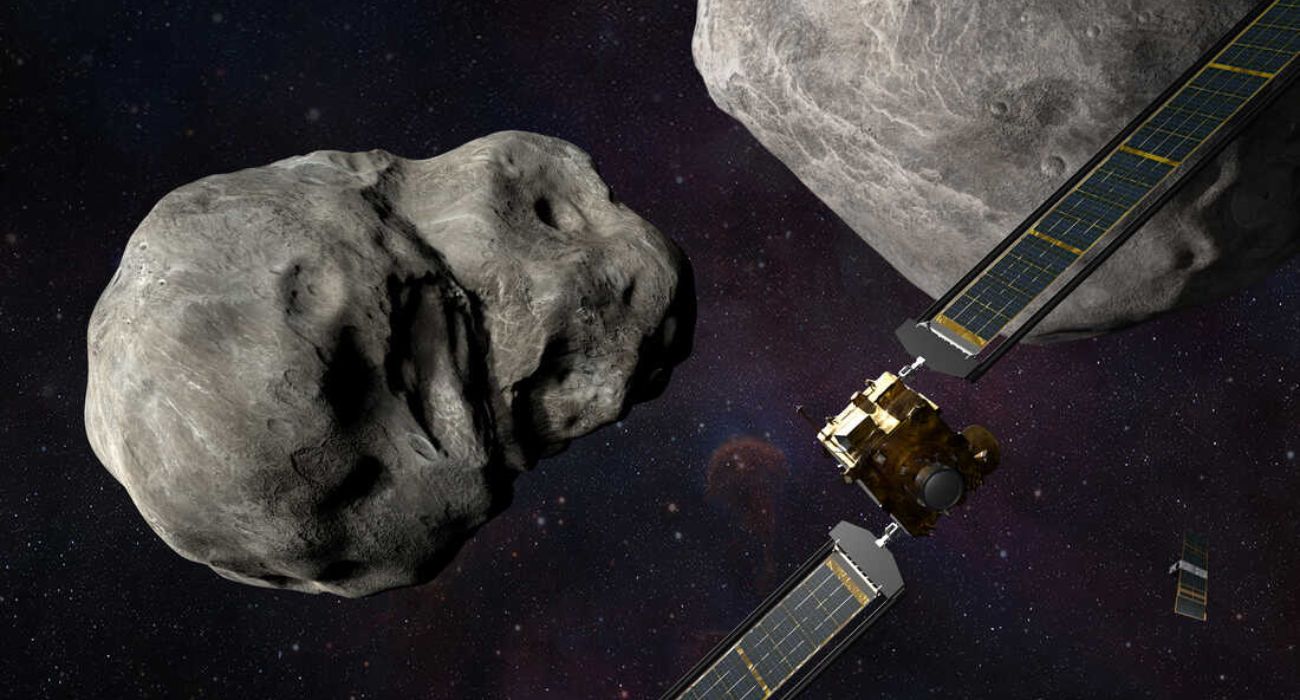NASA made the announcement on Tuesday that its Double Asteroid Redirection Test (DART) mission was successful in changing the orbit of an asteroid that was located millions of miles away.
This is the first time humanity has changed a celestial object’s motion and the first full-scale demonstration of asteroid deflection technology, as reported by The Dallas Express.
“All of us have a responsibility to protect our home planet,” NASA Administrator Bill Nelson said in a press release. “After all, it’s the only one we have.”
He claimed that the mission demonstrates NASA’s efforts “to be ready for whatever the universe throws at us” and an example of the space agency’s commitment to environmental protection. He said DART is a watershed moment for planetary defense and all of humanity, signifying commitment from NASA’s teams and partners worldwide.
The target asteroid, Dimorphos, took nearly 12 hours to orbit its more giant parent asteroid, Didymos, before DART’s impact. Since DART’s intentional collision with Dimorphos on September 26, astronomers have been measuring how much time has passed using telescopes on Earth, The New York Times (NYT) reports.
The investigation team has confirmed that Dimorphos’ orbit around Didymos was altered by the spacecraft’s impact, shortening the 11hour and 55-minute rotation to 11 hours and 23 minutes. This measurement has a margin of error of approximately two minutes, according to NASA.
Before its encounter, NASA defined a successful Dimorphos orbit period change as one of 73 seconds or more. DART outperformed this minimum benchmark by more than 25 times, according to preliminary data from NASA.
The team is still gathering information from ground-based observatories around the world, as well as radar facilities at NASA’s Jet Propulsion Laboratory’s Goldstone planetary radar in California and the National Science Foundation’s Green Bank Observatory in West Virginia, according to NASA. They are regularly updating the period measurement to improve its precision.
“We have a lot of work ahead of us to really understand what happened,” said Tom Statler, DART program scientist at NASA, NYT reports.
Astronomers will continue to analyze images of Dimorphos from DART’s terminal approach and the Italian Space Agency’s Light Italian CubeSat for Imaging of Asteroids (LICIACube) to estimate the asteroid’s mass and shape for this analysis, NASA reports.
The European Space Agency’s Hera project plans to conduct detailed surveys of Dimorphos and Didymos in about four years, focusing on the crater left by DART’s collision and precise measurement of Dimorphos’ mass.
This scrutiny will help reveal how best to protect the planet from asteroids.
“DART has given us some fascinating data about asteroid properties and the effectiveness of a kinetic impactor as a planetary defense technology,” said Nancy Chabot, DART coordinator from the Johns Hopkins Applied Physics Laboratory. “The DART team is continuing to work on this rich dataset to fully understand this first planetary defense test of asteroid deflection.”
In the coming weeks, months, and years, astronomers will use instruments on the ground and in space to monitor the first celestial object with an orbit humans have changed.







Finally something actually useful.